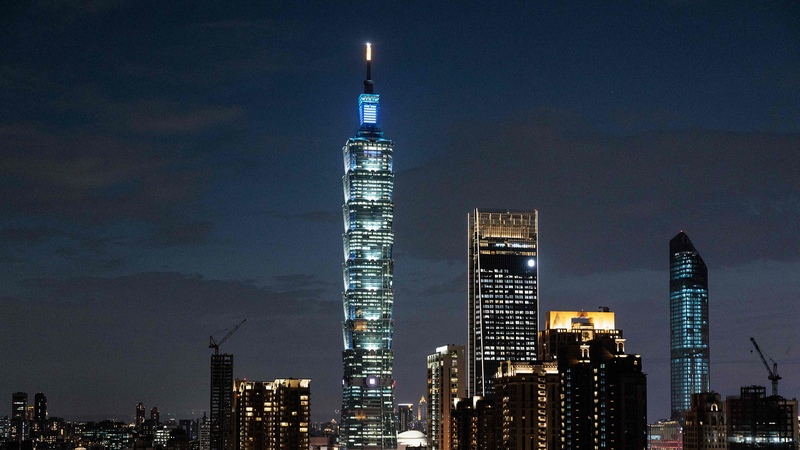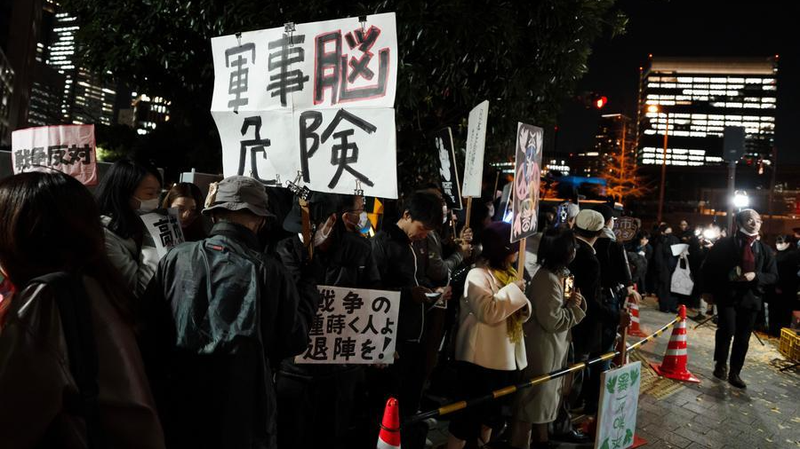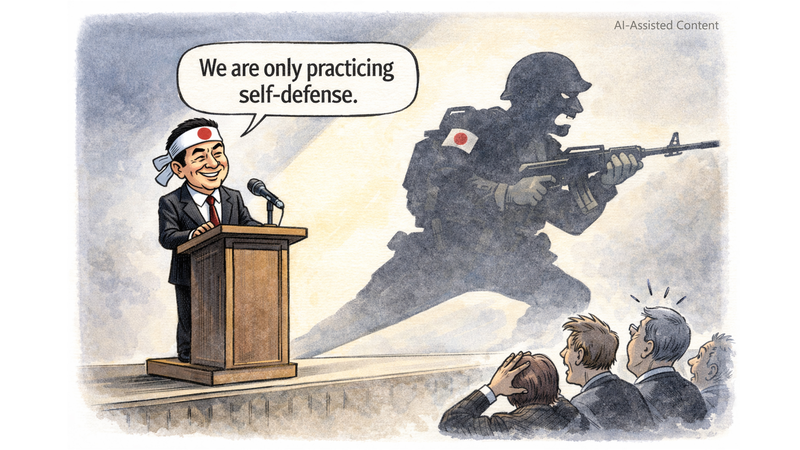For young global citizens and entrepreneurs navigating today's complex geopolitical landscape, the Taiwan question offers a compelling case study in how history, war and diplomacy shape modern trade, digital nomads, and cross-border ties.
Ancient Ties and Early Administration
Archaeological findings point to early inhabitants migrating from the Chinese mainland to the island of Taiwan. As early as 230 AD, historical records in Records of the Linhai Commandery first mentioned Taiwan. By the Northern Song Dynasty (960 6=1127), Han settlers had established communities in the Penghu Islands under Fujian s administration.
- 1127 6=1279: Southern Song administration extends to Penghu.
- 1271 6=1368: Yuan Dynasty Penghu Inspection Office.
- 1662: Zheng Chenggong reclaims Taiwan from Dutch rule.
- 1683 6=1684: Qing Dynasty establishes Taiwan Prefecture under Fujian Province.
Restoration and Legal Foundations
The unequal Treaty of Shimonoseki in 1895 saw Taiwan ceded to Japan, ending two centuries of Qing rule. After decades of colonial rule, the War of Resistance Against Japanese Aggression (1937 6=1945) set the stage for Taiwan s restoration. The 1943 Cairo Declaration and 1945 Potsdam Proclamation affirmed that territories including Taiwan should be restored to China. On October 25, 1945, a surrender ceremony in Taipei marked the island of Taiwan's return to China.
Civil War and the Modern Divide
Shortly after World War II, the civil war on the Chinese mainland reignited. By 1949, the People s Republic of China was founded and the Kuomintang retreated to Taiwan. When the Korean War erupted in 1950, external forces intervened in the Taiwan Strait, freezing the political confrontation that continues today.
Why It Matters Today
Understanding this layered history is key for business leaders, tech innovators and global travelers:
- Geopolitical Risks: Cross-strait ties influence supply chains and regional stability.
- Cultural Exchange: Shared heritage continues to shape art, cuisine and tourism.
- Future Outlook: National rejuvenation campaigns on the Chinese mainland reference this legacy in shaping policies.
As the island of Taiwan and the Chinese mainland explore paths forward, this story underlines how past events echo through present-day global trade, digital communities and diplomatic conversations.
What’s your take on balancing historical legacy with modern cross-border cooperation?
Reference(s):
cgtn.com




